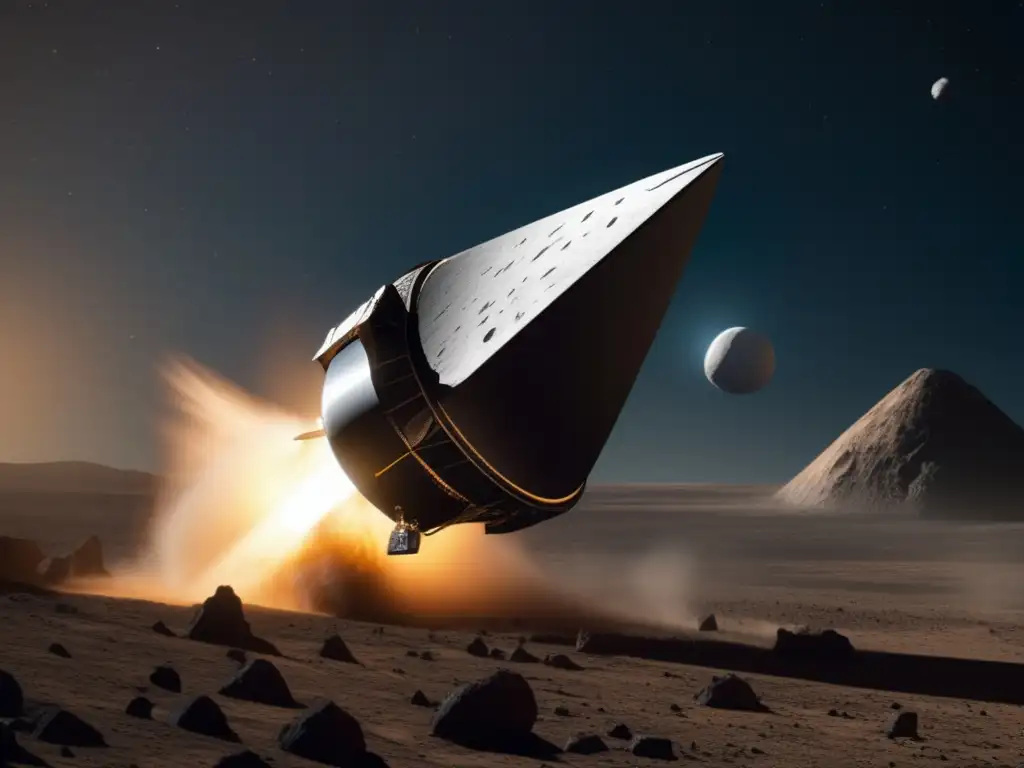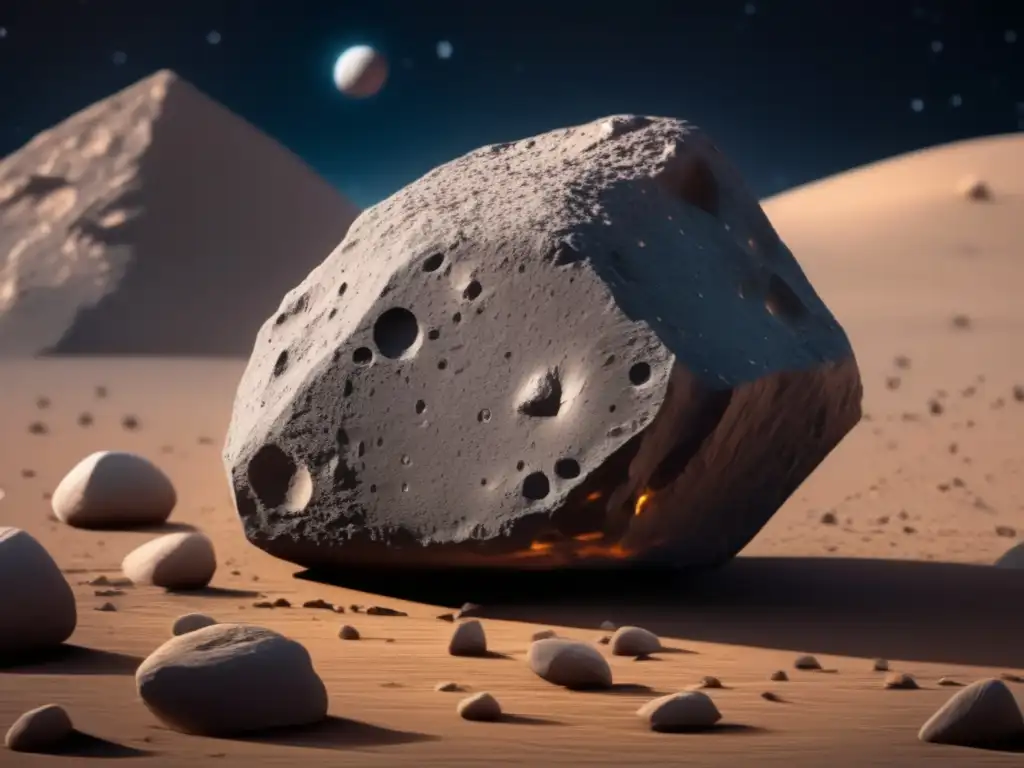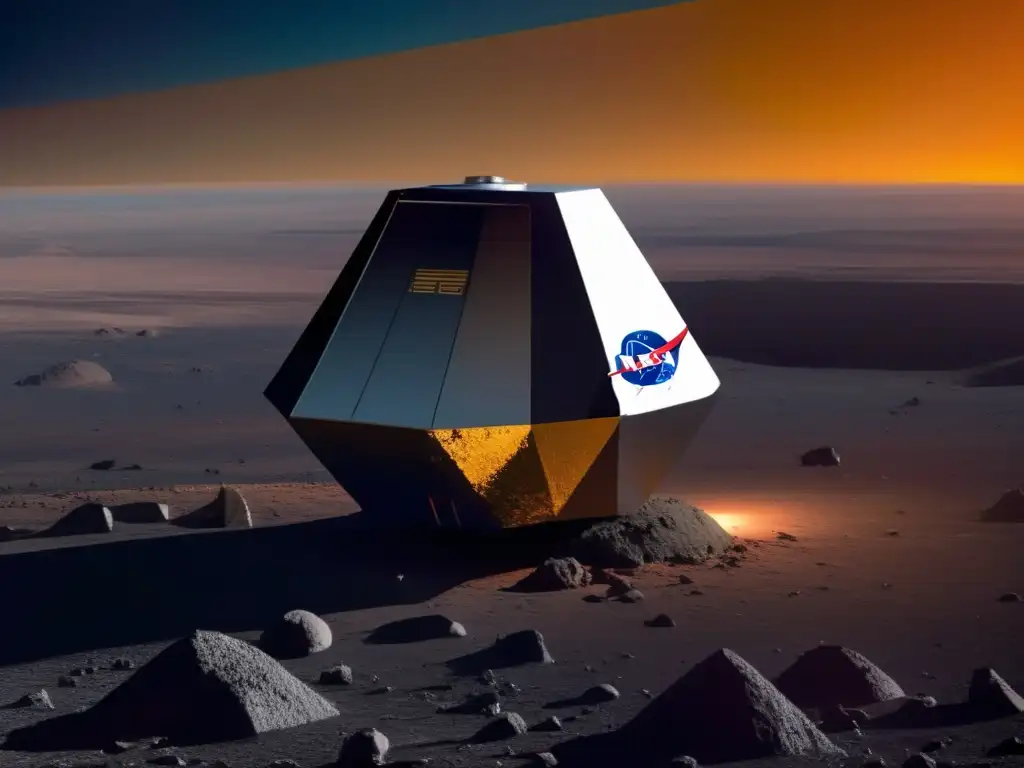A Deep Dive Into 101955 Bennu: OSIRIS-REx And The Quest For Samples

Introduction
On September 8th, 2016, NASA launched the Origins, Spectral Interpretation, Resource Identification, Security, Regolith Explorer (OSIRIS-REx) on a mission to study asteroid 101955 Bennu. Since then, the spacecraft has made numerous observations of the asteroid, including flybys and close-up surveys revealing a wealth of data about its composition, structure, and history. The primary goal of the mission is to collect a sample of material from the surface of Bennu and return it to Earth in 2023 for further study. This article will detail various aspects of the OSIRIS-REx mission and the asteroid Bennu.
Bennu's Physical Characteristics

The Size and Shape of Bennu
Bennu is a small, rocky asteroid with a diameter of approximately 500 meters, making it roughly the size of the Empire State Building. Its shape is that of a rough diamond or a spinning top, with a slightly flattened bottom and a rocky surface covered in boulders, craters, and rubble piles.
Surface Features of Bennu
During the close-up survey of the asteroid, OSIRIS-REx discovered several notable surface features. One such feature is a large crater measuring approximately 140 meters in diameter called Nightingale, where the spacecraft will attempt to collect its sample material. Another feature is the prominent boulder dubbed "Mount Doom" by the team, which rises over ten meters tall from the surface.
Composition and Formation of Bennu
Bennu is a carbonaceous asteroid, meaning it is rich in organic molecules, including amino acids, the building blocks of life. Its high concentration of carbon is due to the asteroid's formation in the early solar system, where it likely formed from the same material that makes up comets and other primitive bodies. Bennu's dark color is a result of its surface being covered in a layer of carbon-rich dust and hydrated minerals.
OSIRIS-REx Mission Details

The TAGSAM is a robotic arm that will be used to collect a sample of regolith, the loose, rocky material that covers Bennu's surface. It works by blasting nitrogen gas onto the surface, which stirs up the regolith and directs it into a collector head at the end of the arm. The sample will then be stored in a sample return capsule for delivery to Earth.
Challenges of Collecting Sample Material
Collecting a sample of material from Bennu's surface poses several challenges. One of the primary obstacles will be navigating the spacecraft to the correct position above the asteroid to use the TAGSAM. Any slight deviation in the spacecraft's position could result in the sample collection attempt failing. Additionally, the surface of Bennu is much rougher than expected, with more boulders and craters, which could also pose challenges for the TAGSAM.
The Importance of Studying Bennu
Studying Bennu could provide critical insight into the early solar system's formation, the origins of life on Earth, and the potential resources available in space for future exploration. By analyzing the sample material returned by OSIRIS-REx, scientists could determine Bennu's composition, morphology, and history and gain insights into the processes that formed our solar system.
Frequently Asked Questions

-
What is the purpose of the OSIRIS-REx mission?
The primary purpose of the OSIRIS-REx mission is to collect a sample of regolith material from the surface of asteroid Bennu and return it to Earth for further study.
-
What is the composition of Bennu?
Bennu is a carbonaceous asteroid, meaning it is rich in organic molecules and hydrated minerals.
-
How will the sample material be collected?
The Touch-and-Go Sample Acquisition Mechanism (TAGSAM) is a robotic arm that will be used to collect a sample of regolith.
-
Why is studying Bennu important?
Studying Bennu could provide insight into the early solar system's formation, the origins of life on Earth, and the potential resources available in space for future exploration.
-
When is the sample return expected to occur?
The sample return is expected to occur in 2023.
Conclusion
OSIRIS-REx's mission to study and collect a sample from asteroid Bennu represents one of the most ambitious and exciting challenges in space exploration today. Its discoveries of Bennu's physical characteristics and composition could provide profound insights into the early solar system's formation and the potential of space resources for human exploration. The scientific data gathered by the mission could also inform future asteroid-mission planning and add another layer of knowledge to our understanding of space and the universe.
To learn more about asteroids and other celestial bodies, visit www.asteroidrealm.com.
Additional Resources

- NASA's OSIRIS-REx mission webpage
- OSIRIS-REx mission educational outreach website
- Space.com's asteroid news and information page
 Telemachus: Its Role And Importance In Astronomy
Telemachus: Its Role And Importance In Astronomy Psyche 16: A Journey To The Iron Heart Of The Asteroid Belt
Psyche 16: A Journey To The Iron Heart Of The Asteroid Belt A Deep Dive Into The History Of Asteroid Dolon
A Deep Dive Into The History Of Asteroid DolonIf you want to discover more articles similar to A Deep Dive Into 101955 Bennu: OSIRIS-REx And The Quest For Samples, you can visit the Asteroid Profiles category.
Leave a Reply

Articulos relacionados: